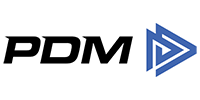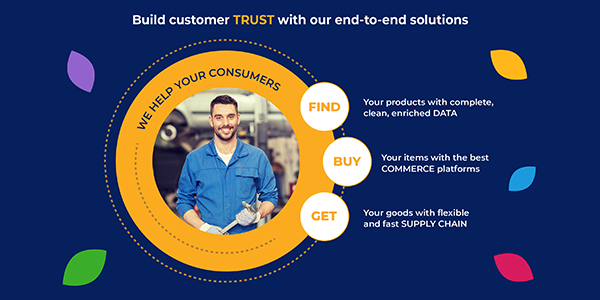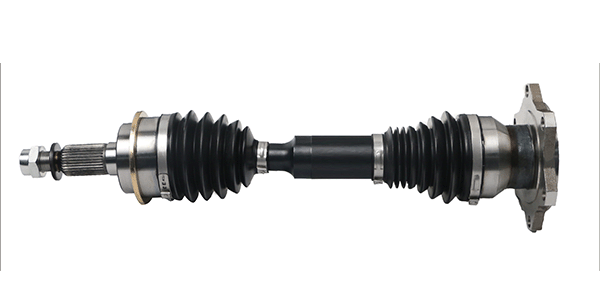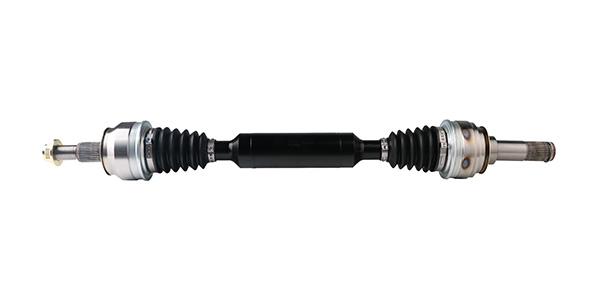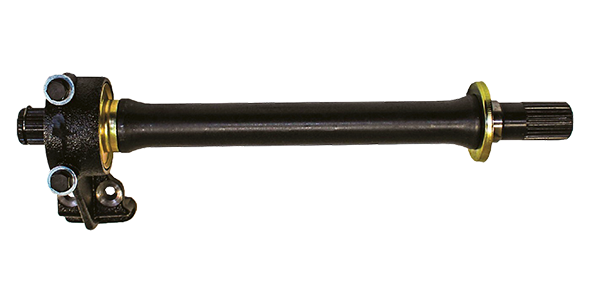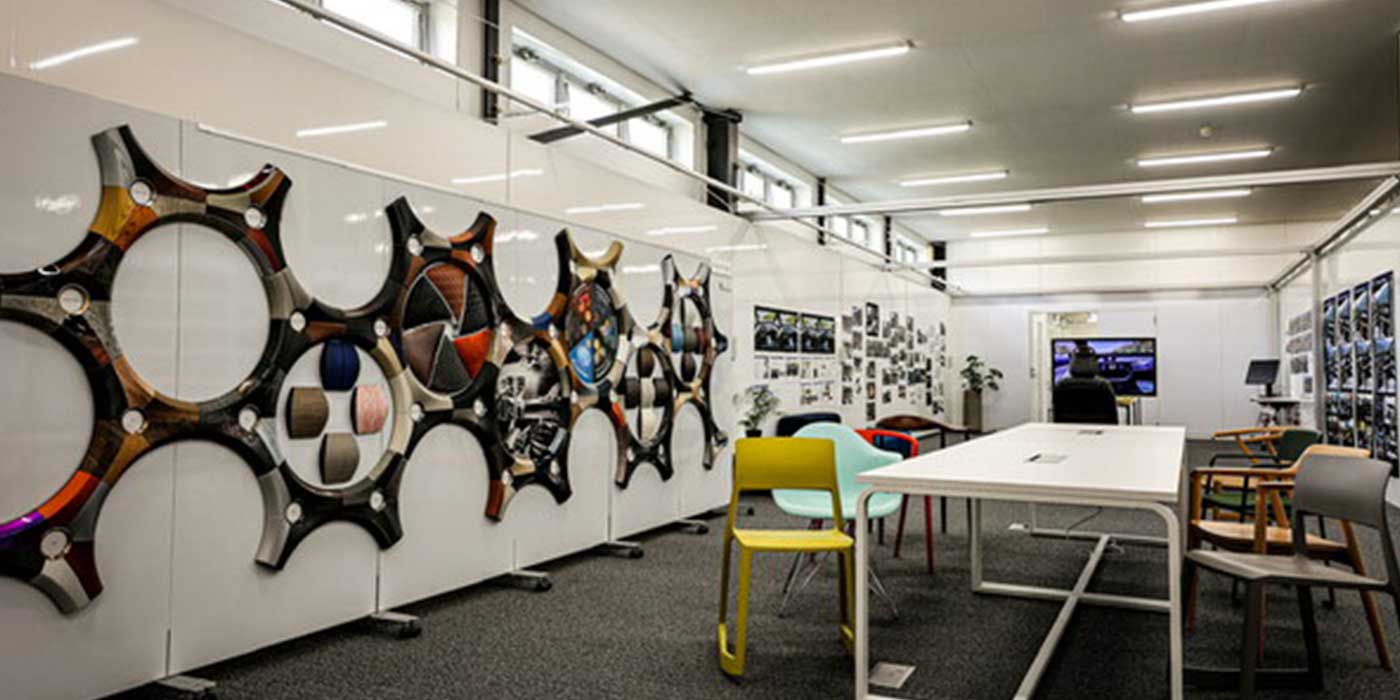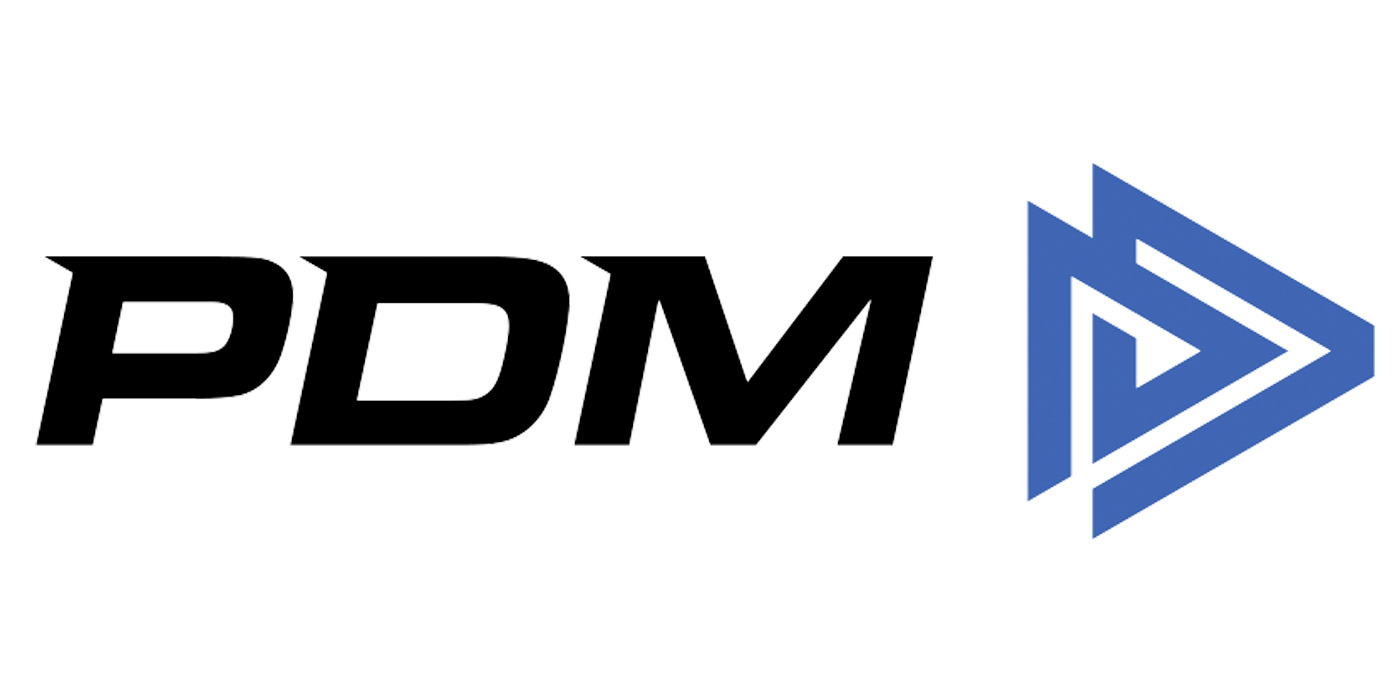Digitization and increasing automation, especially in content management, redefine how we meet market demands, remain competitive, and deliver great customer experiences. While the industry gradually embraces digitalization, automotive aftermarket companies can uniquely position themselves as leaders. This article explores the challenges, trends, and untapped opportunities of digital transformation in the aftermarket.
The challenges and opportunities of bringing digital transformation to the automotive aftermarket
The aftermarket industry has unique challenges when it comes to embracing digital transformation. The two main challenges are the fragmented nature of the aftermarket industry and the complexity of product content related to the fitment data of products. With numerous stakeholders involved, including manufacturers, distributors, and resellers, collaboration and communication can be complex and create bottlenecks. However, with the rise of digitization, there is now an opportunity to streamline content management processes, enhance operational efficiency, and improve collaboration through integrated platforms and real-time data sharing. It is critical to have a seamless flow of information from the brands to the shopper, who is sometimes multiple steps away.
The aftermarket industry also faces changing customer expectations. Customers have gotten used to personalized experiences and seamless interactions across various touchpoints in today’s digital age. These expectations were set by less complex industries than the automotive aftermarket. However, aftermarket businesses can ensure their offerings meet individual customer needs and preferences by leveraging digital technologies such as AI-driven analytics and product information management systems.
The Constraints of Traditional Content Management and the Possibilities of Digitization
Traditional content management methods typically rely on manual processes, resulting in time-consuming and error-prone workflows. This manual approach, often using basic spreadsheets or outdated on-prem PIM systems, leads to inefficiencies and delays in updating content, which can hinder the overall productivity of a business, delay time to market, and hurt the overall brand experience with the lack of updated content. Additionally, these systems may lack the flexibility and scalability required to keep up with the evolving demands of the aftermarket industry, limiting the organization’s ability to adapt quickly to market changes. Even when industry standards such as ACES & PIES are utilized, the industry has yet to find common ground regarding how the data exchange should happen. Traditional forms of data exchange require the uploading of files to repositories, which leads to updated frequencies of multiple weeks for data that should be available in real-time.

However, digitization opens new possibilities by automating repetitive tasks, enabling better version control, and providing a centralized repository for content. By automating tasks such as content updates and approvals , digitization can significantly reduce the time and effort required to manage content, allowing teams to focus on more strategic initiatives. The centralized repository also ensures that all content is easily accessible and up-to-date, improving collaboration and streamlining workflows internally and externally.
Furthermore, digitization allows for integrating advanced analytics tools, empowering aftermarket businesses to gain valuable insights from their data and improve their business relationships. By leveraging analytics, organizations can track KPIs, identify trends, and predict customer behavior, enabling them to make data-driven decisions. These insights can be used to optimize operations, improve product offerings, and enhance customer experiences, ultimately driving business growth and competitiveness in the market.
Practical Strategies for Integrating Digitization in Content Management
When it comes to integrating digitization in content management, there are several practical strategies that aftermarket businesses can consider. First and foremost, investing in a robust digital content management system is essential. This system should handle large volumes of data, support various file formats, and provide seamless integration with other systems and applications.

Additionally, aftermarket businesses should choose a solution that improves the accessibility and collaboration of their data. Cloud-based content management systems allow users to access and share content from anywhere, anytime, fostering seamless collaboration between brands and retailers. Content is only valuable when it reaches the consumer.
Leveraging AI technology can scale content management by quickly generating marketing and SEO-friendly product descriptions and titles, all based on keywords and inputs. Utilizing AI features can streamline content organization, improve searchability, and enhance the overall user experience.
Measuring the ROI of Digital Transformation Efforts
While digital transformation brings numerous benefits, aftermarket businesses need to measure the return on their investment. One way to do this is by tracking KPIs such as increased operational efficiency, reduced costs, improved customer satisfaction, and revenue growth.
Additionally, conducting regular audits and assessments can help identify areas of improvement and ensure that digital transformation efforts align with the overall business strategy. By monitoring the impact of digitization on various aspects of the business, aftermarket companies can make data-driven decisions and adjust their strategy accordingly.
Aftermarket businesses need to consider the long-term implications of their digital transformation initiatives. While immediate efficiency and cost savings gains are valuable, sustainable growth requires continuous evaluation and adaptation. By establishing a feedback loop incorporating insights from employees, customers, and industry trends, companies can ensure that their digital transformation efforts remain relevant and impactful in an ever-evolving market landscape.
Building a Culture of Innovation in Aftermarket Businesses
Driving digital transformation requires more than implementing the right technologies; it demands a culture of innovation. Aftermarket businesses can position themselves for long-term success in a rapidly evolving landscape by instilling a culture of innovation. Aftermarket businesses must foster an environment where employees are encouraged to experiment, take risks, and embrace change. This can be achieved through access to new technologies, cross-functional collaboration, and training programs promoting continuous learning and development.
Furthermore, leadership plays a crucial role in driving innovation. Leaders need to lead by example, championing digital transformation initiatives and fostering a culture that embraces new technologies and encourages collaboration.
Future Trends in Digital Transformation for the Aftermarket Industry
The future for brands and manufacturers is bright. But only if they prepare for it. Brands have the unique opportunity to differentiate themselves from their competitors by taking the initiative to control the narrative about their brand on the various channels a consumer interacts with them. The concept of building a D2C brand has been a recipe for success in many industries but is challenging in the automotive aftermarket, considering the size of product catalogs. Brands still rely on business partners across various channels to make their products available to the shopper. However, owning the narrative of how the consumer perceives your brand has never been easier or more important. Make it easy for your business partners to sell your products by embracing digitization and an omnichannel strategy.
Conclusion
The question is not if but how quickly aftermarket businesses can adapt to the digital era. By overcoming the constraints of traditional content management and embracing digitization, aftermarket businesses can streamline operations, improve collaboration, drive more sales, and gain valuable insights from their data. Ultimately, building a culture of innovation is critical to driving successful digital transformation in aftermarket businesses and ensuring long-term growth and competitiveness.
How will your business leverage digital transformation to ensure its place in the next era of the automotive aftermarket?
Schedule a demo today and discover how PDM Automotive can drive your digital transformation journey.


